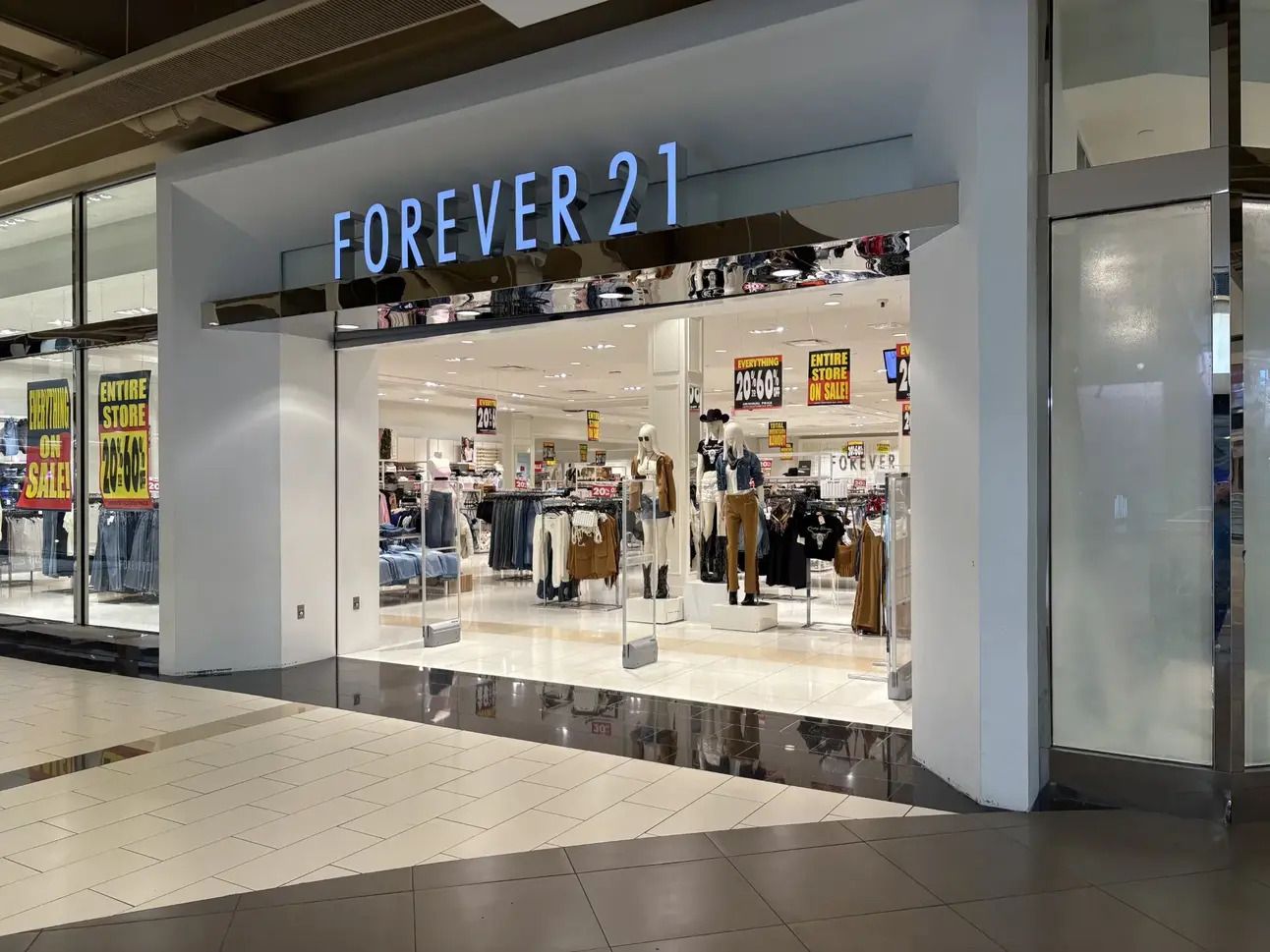- Mighty Consumer Notes
- Posts
- Why Forever 21 Fell Apart and Fashion’s Fork in the Road
Why Forever 21 Fell Apart and Fashion’s Fork in the Road
Fast Fashion and Conscious Consumption are Squaring Off to Win Gen Z
Forever 21’s rise was built on a model that defined early 2000s shopping: massive mall stores, cheap trendy clothes, and a constant churn of new styles. But just like Blockbuster in the age of streaming or Kodak in the era of phone cameras, that formula became outdated.

What Went Wrong
Over expansion & Outdated Strategy
Forever 21 opened too many huge stores in dying malls. As in-person shopping declined, they were left with high costs and empty aisles.Outpaced Online
Shein and Temu took the fast-fashion model and cranked it to extreme levels—using AI, data, and aggressive supply chains to move faster and cheaper. Forever 21 couldn’t keep up. Shein and Temu simply did fast fashion faster and cheaper.The Customer Changed
Today’s shoppers want more than cheap, trendy, and impersonal. They care about sustainability, uniqueness, and values. Mass-produced clothing with no story just doesn’t resonate with consumer desires anymore.Resale Has Greater Gen Z Appeal
Recommerce platforms where people buy and sell secondhand, one-of-a-kind pieces—has major Gen Z appeal. These consumers are driving the trend, preferring curated, unique finds over landfill-bound impulse buys.
Gen Z Fashion’s Two Roads
Fashion is splitting into two paths. Consumers will have to decide with their wallets. (Of course, we’re not talking about ultra-luxury brands—most Gen Z shoppers aren’t regularly buying Loro Piana tees.)

Path One: Ultra-Cheap Fast Fashion
Platforms like Temu flood the market with cheap, disposable clothes. They’re fast and affordable but come with a hidden cost: massive waste in production and shipping, pollution, and exploitative labor. This is fast fashion at its most extreme—and its most harmful.
Path Two: Sustainable Fashion
This is part of a new wave of fashion built on circularity, authenticity, and conscious consumption. Brands like Patagonia, Eileen Fisher, and Girlfriend Collective have made sustainability central to their mission—whether through recycled materials, ethical labor, or take-back programs. At the same time, platforms like ThredUp, Depop, The RealReal, and of course RE/GIFT, are making it easy for consumers to buy and sell high-quality, pre-loved fashion.
Forever 21 didn’t fail just because of bad business moves. It failed because the world changed—and it didn’t change with it. Now, fashion is at a turning point. One path is more familiar, but it leads to cheaper, faster clothes with big hidden costs for the planet and the people making them. One path is less established, yet it leads to sustainability and more thoughtful consumption—where clothes are made to last, stories matter, and values come first. The choice is ours.